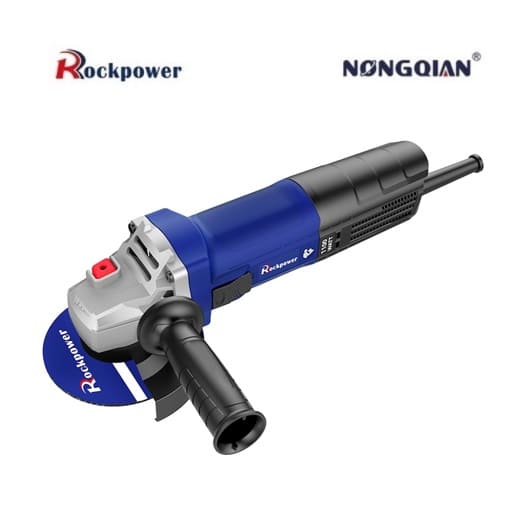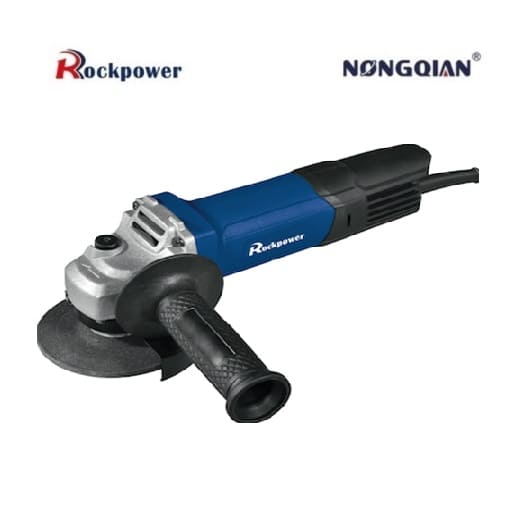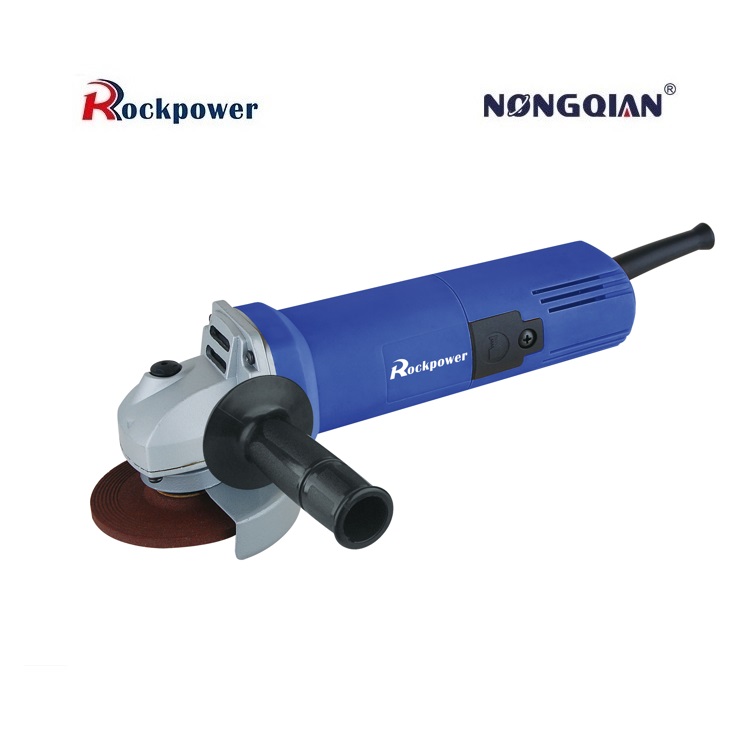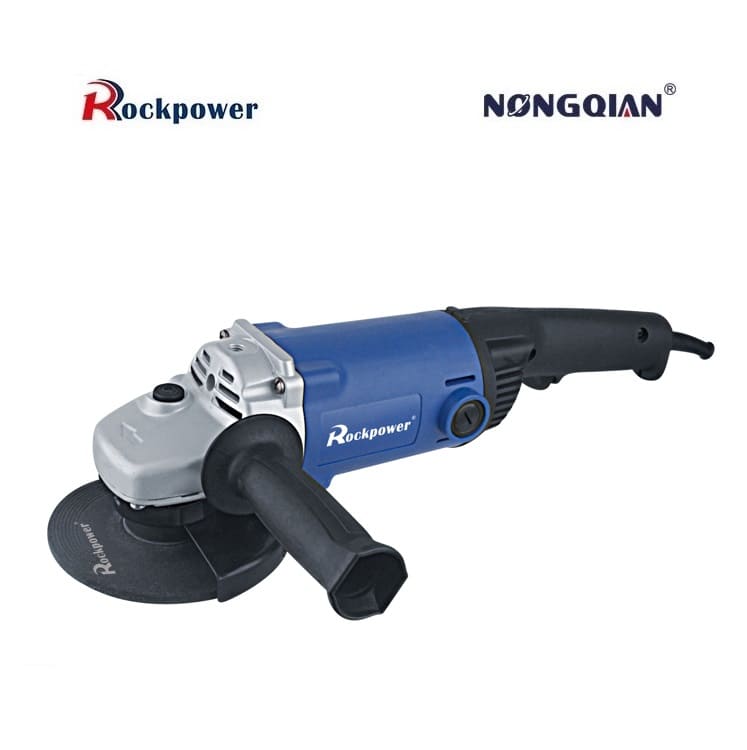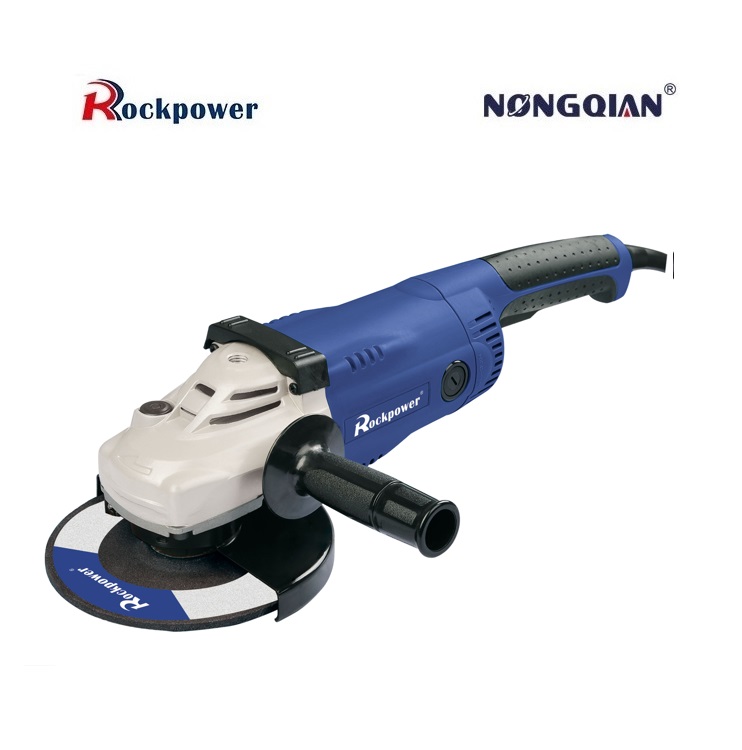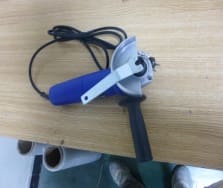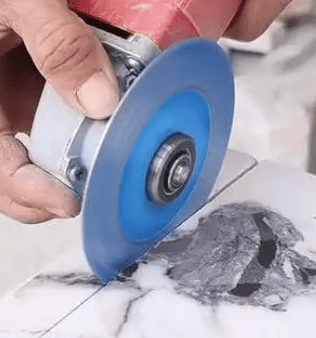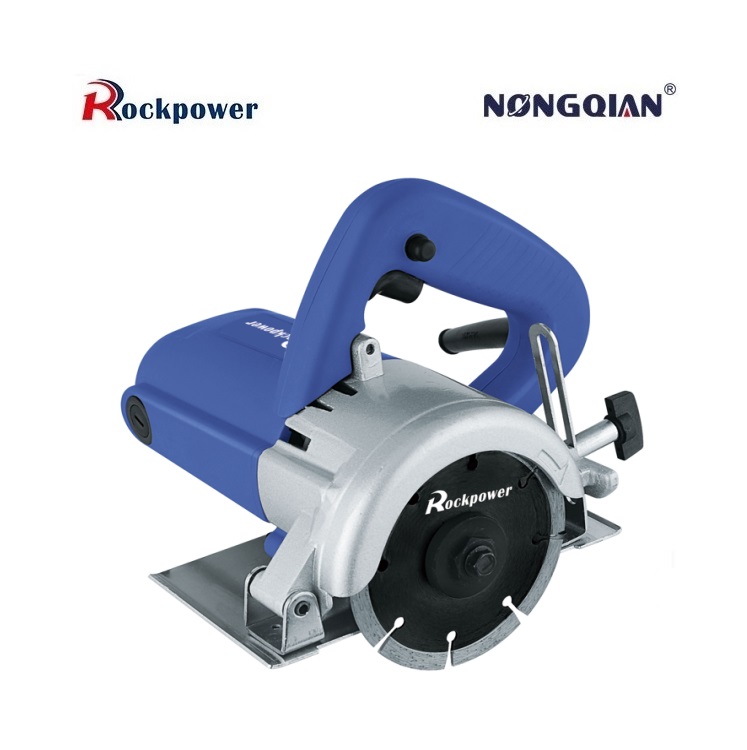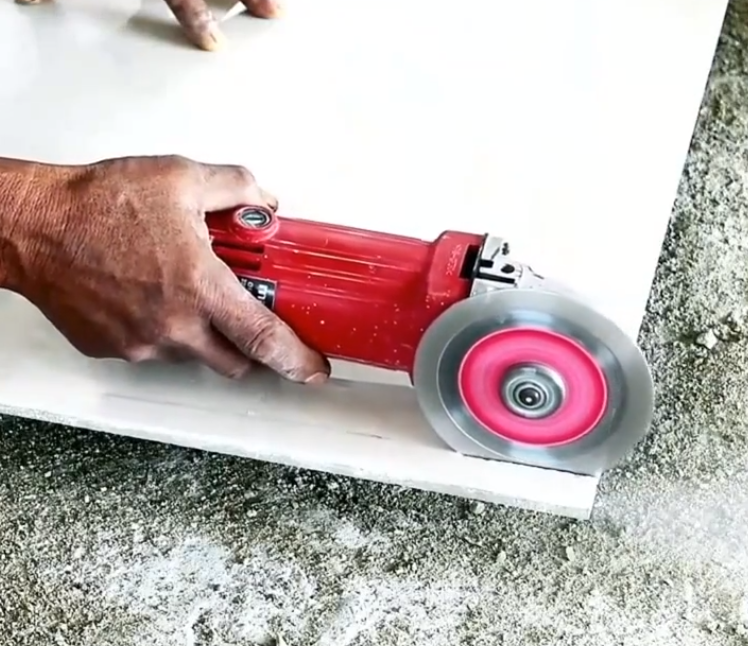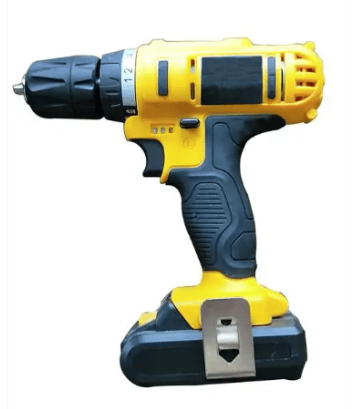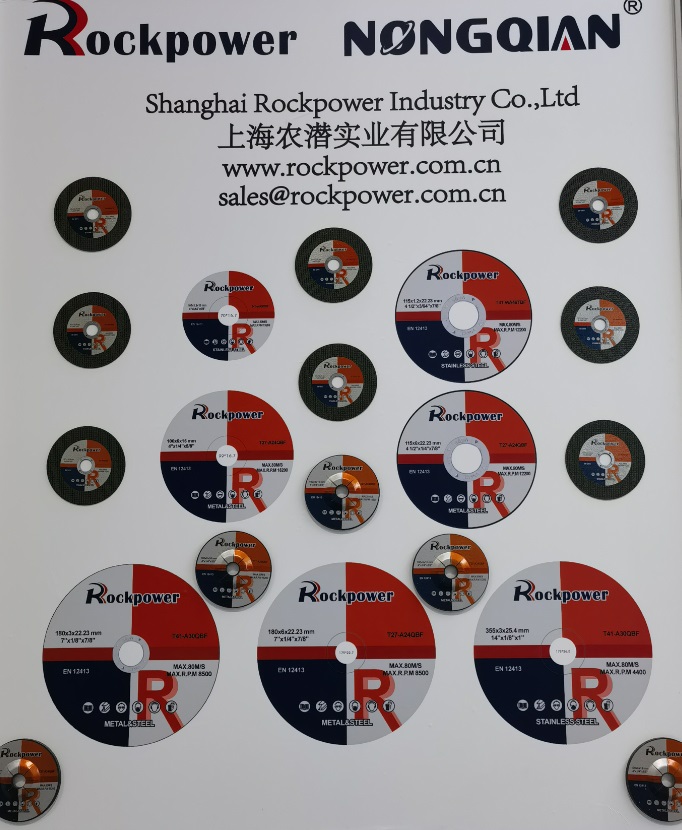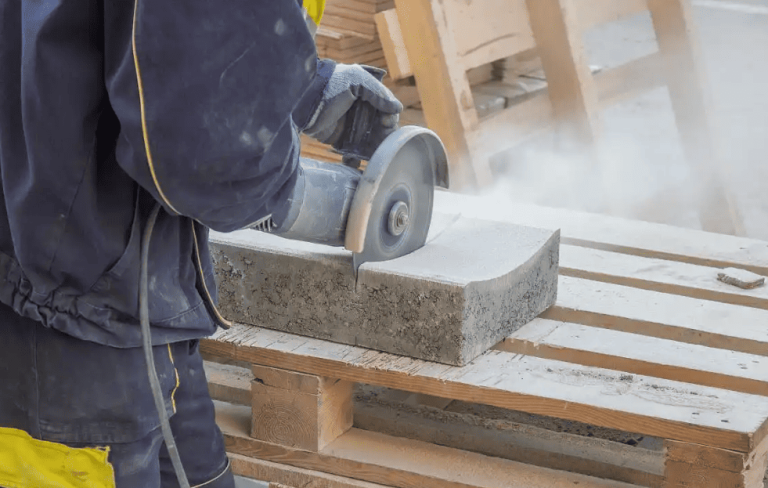What does brushless mean on a drill?
- The Meaning of Brushless in Power Drills
A brushless power drill refers to a drill that uses a brushless motor. Traditional motors are mostly brushed, while brushless motors are a newer type of motor. Compared to traditional motors, brushless motors offer higher efficiency and a longer lifespan. - Advantages of Brushless Motors
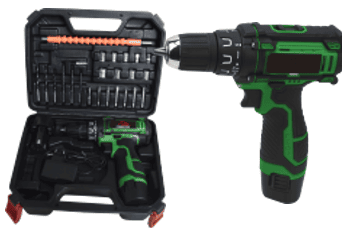
- High Efficiency
Brushless motors are more efficient than traditional motors, converting electrical energy into mechanical energy more effectively, thereby reducing energy waste. This is one of the reasons why modern power tools predominantly use brushless motors. - Longer Lifespan
Brushless motors have a longer lifespan than traditional motors. This is because brushless motors do not use brushes, which are prone to wear and require replacement. Since brushless motors eliminate the need for brush replacement, their operational life is extended. - Reduced Electromagnetic Interference
The rotor of a brushless motor does not require brushes to transmit current, thus avoiding the electromagnetic interference caused by brushes. This makes brushless motors more stable during operation and less susceptible to interference issues. - Compact Size and Lightweight
Brushless motors are smaller and lighter. This makes them more suitable for applications like power tools, reducing the overall weight and size of the equipment.
Differences Between Brushless and Brushed Power Drills
A brushed power drill refers to a drill whose motor uses carbon brushes to contact the commutator copper segments on the stator, supplying power to the rotor coils and cooperating with the stator to form a rotating magnetic field, which drives the rotor and ultimately the drill bit to rotate.
A brushless power drill refers to a drill that uses a brushless motor. In a brushless motor, the rotor does not employ coils to generate a magnetic field but instead uses magnets to replace the rotor windings, working with the stator windings to produce a rotating magnetic field and electromagnetic torque that drives the drill bit.
Key Differences Between Brushless and Brushed Power Drills:
- Different Structures
- Brushed motors consist of a stator, rotor, and carbon brush commutator. The stator of a brushed motor is a permanent magnet, while the rotor is a combination of a shaft and coil windings.
- Brushless motors also have a stator and rotor, but their stator comprises multiple symmetrical coil windings.
2. Different Costs
- Brushed motors only require carbon brushes and a commutator—a mechanical method to facilitate motor rotation.
- Brushless motors require an additional electronic speed controller (ESC) for precise control. In terms of cost, carbon brushes are much cheaper than ESCs.
3. Different Working Principles
- Brushed Motors:
When current is supplied to the stator of a brushed motor, it generates a magnetic field. The interaction between the magnetic field produced by the energized coils and the permanent magnet’s field creates torque, causing the rotor to rotate. However, due to the unidirectional nature of direct current (DC), the magnetic field direction does not change, limiting the rotor to half a rotation. Thus, DC motors require a commutator and carbon brushes to reverse the current direction and sustain rotation. - Brushless Motors:
The stator of a brushless motor consists of multiple coils. The rotating magnetic field generated by these coils drives the rotor. To produce this rotating magnetic field, the current in the coils must be continuously switched to ensure correct rotation direction. This switching must be precise, which is why brushless motors require an external ESC. - Configuration of cordless Drill and pacakges:
- Normally configuration can also be customized according to customer requirement, such as nit price (2 pcs battery, 1 pc charger, BMC pack with accessories). ); Unit price (color box pack, 1 pc battery, 1 pc charger without accessories); Unit price(only BMC pack without accessories, 2 pcs battery, 1pc charger). Packages can all be customized.
You may also be interested in reading similar questions:
What to look for when buying a cordless drill?
When to use impact vs drill?
Is a brushless drill better?
What does “brushless” mean on a drill?
Are corded drills more powerful?
Is a hammer drill more powerful than a regular drill?

